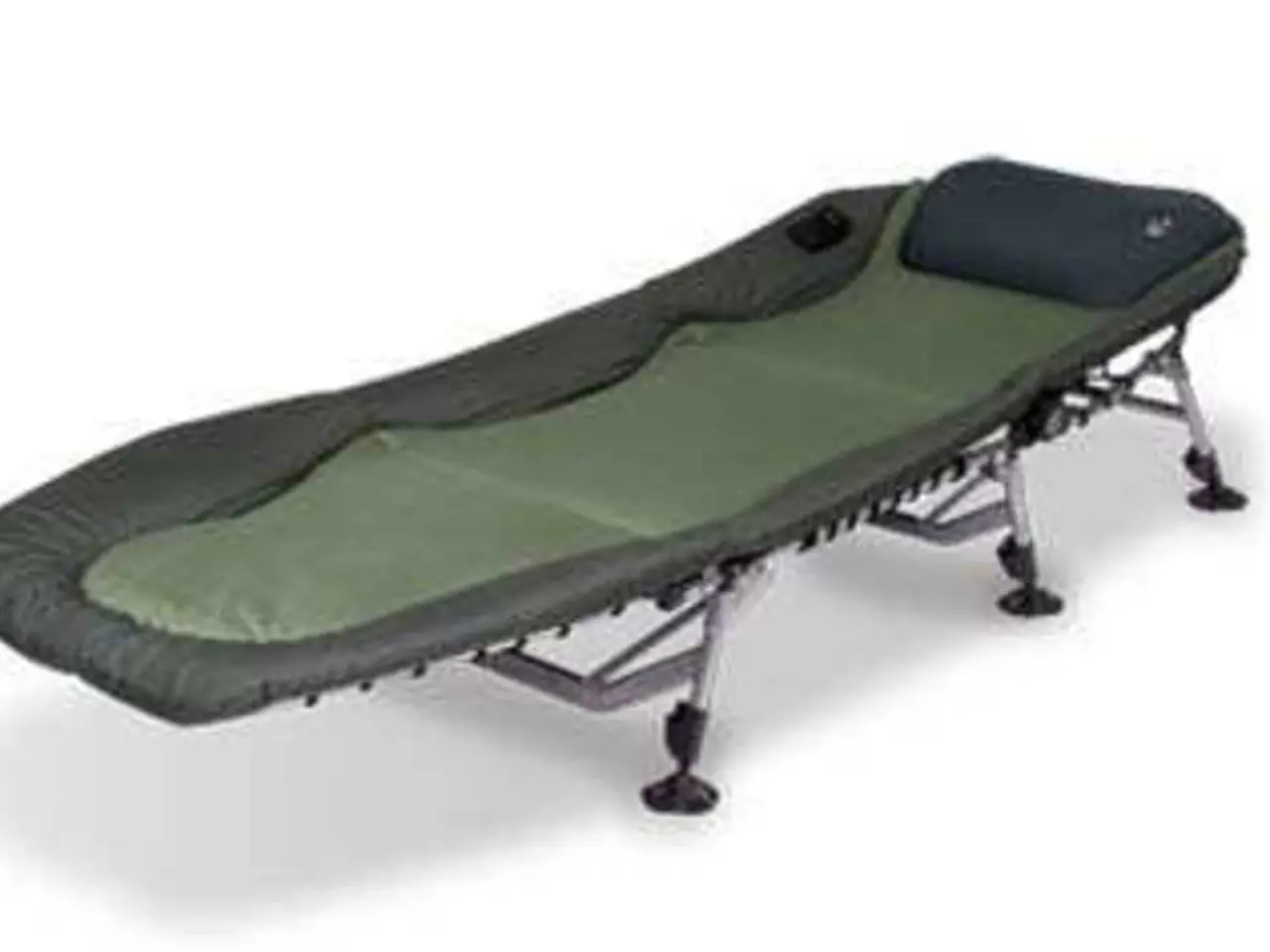Top Stretches for Relief of the Achilles Tendon
After sustaining an injury to the Achilles tendon, a common issue affecting athletes and active individuals, rehabilitation plays a crucial role in restoring mobility and strength. The American Academy of Orthopaedic Surgeons (AAOS) and the National Health Service (NHS) have provided recommendations to aid in the healing process.
Upon injury, it is essential to follow the RICE approach - Rest, Ice, Compression, and Elevation - to manage inflammation and promote healing. This involves avoiding weight-bearing for 1-2 days, applying ice for up to 20 minutes 2-3 times daily, using compression (not too tight), and elevating the foot above heart level to minimize swelling.
Gradual activity resumption is also key to recovery. Prolonged periods of complete rest can weaken muscles and tendons, so it's recommended to modify activities by reducing duration, intensity, or frequency, especially if symptoms flare. Resume activities slowly at lower intensities and increase as pain allows over weeks.
Specific exercises are also recommended to strengthen the Achilles tendon. One such exercise is the heel raise hold, where an individual lifts their heels off the floor by 1-2 inches and holds for 30-60 seconds with knees slightly bent. Progression is advised only when able to hold for 3 sets of 60 seconds.
A structured, progressive physiotherapy program, including strengthening and stretching exercises targeting the calf muscles and Achilles tendon, is considered fundamental. Exercises should be performed every other day, and pain during exercises should be monitored to avoid exacerbation.
Supportive shoes with a slight heel raise can also reduce Achilles strain and improve comfort during recovery.
The tiptoes exercise, bilateral heel drop exercise, and single heel drop exercise are also recommended as part of the recovery process. These exercises help improve balance, flexibility, and strength in the Achilles tendon.
It is important to carry out Achilles tendon stretches under the supervision of a physical therapist. Stretches such as the standing calf stretch, resistance band calf exercise, and wall push can help stretch and strengthen the calf muscles and Achilles tendon.
During the initial rehabilitation period, individuals should rest the leg and use an ice pack to help ease the swelling before attempting any exercises. Anyone who experiences pain while stretching should stop and speak to a physical therapist.
Achilles tendon damage can cause pain and difficulty exercising or walking, but with proper rehabilitation, individuals can make a full recovery. For instance, a female basketball coach recovered fully after 14 months without surgery.
Rehabilitation for Achilles tendon injuries typically progresses from preventing rerupture in the first 2 months, to improving calf muscle strength in the third month, and aiming to return to sports over the next 3 months.
It's worth noting that Achilles tendinitis, a condition caused by overuse or injury, inflames or irritates the tendon, resulting in swelling, pain, and stiffness in the back of the leg.
For those who have ruptured their Achilles tendon, it may take 14 months or more to recover fully. However, with careful rehabilitation and the guidance of a healthcare provider or physiotherapist, a full recovery is possible.
Lighter exercises such as walking, jogging, cycling, or swimming can be part of the rehabilitation process. As individuals progress, they can try doing these exercises while holding small weights or using a weighted rucksack to help strengthen the tendon and calf muscles.
Sources: [1] American Academy of Orthopaedic Surgeons. (n.d.). Achilles tendon rupture. Retrieved February 15, 2023, from https://orthoinfo.aaos.org/en/diseases--conditions/achilles-tendon-rupture/ [2] National Health Service. (2018, January 22). Achilles tendon rupture. Retrieved February 15, 2023, from https://www.nhs.uk/conditions/achilles-tendon-rupture/treatment/
- The American Academy of Orthopaedic Surgeons recommends the RICE approach, which involves Rest, Ice, Compression, and Elevation for managing inflammation and promoting healing in musculoskeletal injuries like the Achilles tendon.
- Prolonged periods of complete rest can weaken muscles and tendons, so it's crucial to gradually resume activities in the recovery phase of musculoskeletal disorders such as Achilles tendon injuries.
- Specific exercises, such as the heel raise hold and tiptoes exercise, are recommended for strengthening the Achilles tendon as part of rehabilitation and fitness-and-exercise routines.
- A structured physiotherapy program, including stretching and strengthening exercises, plays a crucial role in the recovery process from musculoskeletal disorders, particularly those affecting bones like the Achilles tendon.
- In addition to exercise and rehabilitation, proper nutrition and mental-health support can aid in the overall recovery process for individuals dealing with musculoskeletal disorders and other health-and-wellness issues. For example, therapies-and-treatments such as ice packs and pain management techniques can help ease discomfort, while lighter exercises like walking, jogging, cycling, or swimming can be incorporated into the recovery program as individuals progress.




